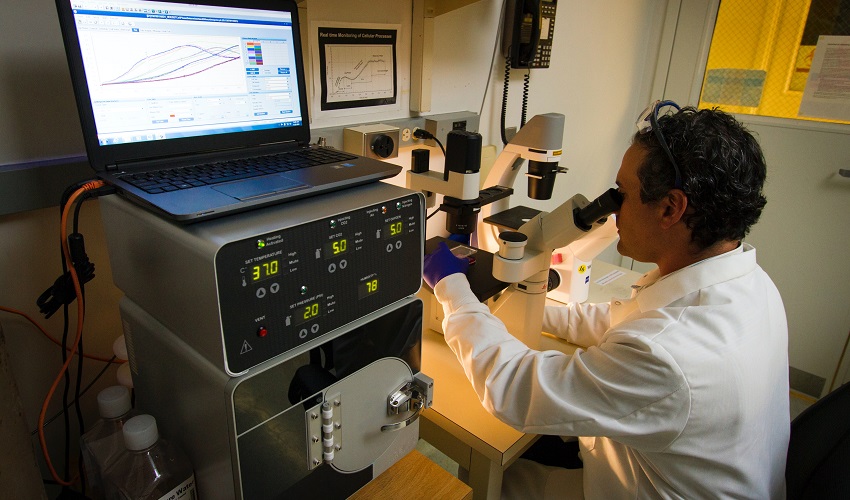Exercise plays a crucial role in blood sugar management for individuals with diabetes. This article aims to provide a comprehensive understanding of how exercise affects glucose levels, helping diabetic patients and caregivers comprehend its significance. By exploring the physiological mechanisms, various exercise types and durations, key considerations, and benefits of regular exercise, we can develop an in-depth understanding of how exercise positively impacts blood sugar control. Through evidence-based information, data, and expert insights, this article seeks to empower readers with the knowledge they need to effectively manage their diabetes through exercise.
Living with diabetes requires careful management, particularly in maintaining stable blood sugar levels. Exercise has emerged as a fundamental tool in diabetes management, offering numerous benefits to individuals with the condition. This article delves into the impact of exercise on glucose levels, highlighting its importance in blood sugar management. By understanding the underlying physiological mechanisms, exploring different exercise strategies, considering pre-exercise factors, and recognizing the benefits of regular exercise, diabetic patients and caregivers can make informed decisions to enhance their overall well-being.
Physiology of Blood Sugar Regulation
To understand how exercise affects glucose levels, it is essential to grasp the physiological processes that regulate blood sugar. Blood sugar regulation primarily relies on the actions of insulin, glucagon, and other hormones involved in maintaining glucose homeostasis. Insulin facilitates the uptake of glucose into cells, while glucagon promotes glucose release from liver stores. Additionally, hormones such as epinephrine and cortisol influence blood sugar levels. This section will explore the role of these hormones and explain how exercise affects their secretion, thereby impacting glucose levels.
How Exercise Affects Glucose Levels
Exercise has both immediate and long-term effects on glucose levels. During exercise, muscles require increased energy, leading to enhanced glucose uptake. This acute effect, combined with improved insulin sensitivity, results in lower blood sugar levels during and after exercise. Long-term exercise promotes sustained improvements in glycemic control by reducing insulin resistance, enhancing insulin sensitivity, and improving the overall metabolic profile.
Types and Duration of Exercise
Different types and durations of exercise yield varying effects on glucose levels. Aerobic exercises, such as walking, cycling, and swimming, have been shown to improve insulin sensitivity and glycemic control. Strength training, on the other hand, enhances muscle mass, contributing to improved glucose metabolism. A combination of aerobic exercises and strength training can provide comprehensive benefits. This section will discuss the advantages of each exercise type and provide recommendations regarding the duration, intensity, and frequency of exercise for optimal blood sugar management.
Pre-exercise Considerations
Proper preparation is crucial for individuals with diabetes before engaging in exercise to avoid potential complications. This section will outline important considerations, such as blood sugar monitoring, medication adjustments, and appropriate nutrition before, during, and after exercise. It will emphasize the significance of consulting with healthcare professionals to ensure a safe and effective exercise plan tailored to individual needs. Additionally, addressing potential barriers, such as fear of hypoglycemia or injury, and strategies to overcome them will be discussed.
Exercise During Different Diabetes Management Scenarios
Managing blood sugar levels during various diabetes management scenarios can be challenging. This section will provide practical guidance on exercising during hyperglycemia and hypoglycemia. Strategies to prevent exercise-induced hypoglycemia, such as carbohydrate intake and medication adjustments, will be discussed. Additionally, precautions for individuals with diabetic complications, such as retinopathy or neuropathy, will be addressed to ensure safe exercise practices.
Benefits of Regular Exercise
Regular exercise offers a multitude of benefits beyond glucose control. Engaging in physical activity promotes cardiovascular health, reduces the risk of cardiovascular disease, aids in weight management, improves insulin sensitivity, reduces stress, and enhances overall well-being. This section will highlight these advantages, supported by research studies, data, and statistics, encouraging readers to embrace exercise as a holistic approach to diabetes management.
Incorporating Exercise into Daily Life
Incorporating exercise into daily life can be challenging, but small changes can yield significant results. This section will provide practical tips on how to make exercise a sustainable and enjoyable part of daily routine. Setting realistic goals, finding enjoyable activities, overcoming time constraints, and seeking support from family and friends will be discussed. Additionally, leveraging technology, such as mobile applications and fitness trackers, can assist in monitoring progress and staying motivated.
Exercise is a powerful tool for individuals with diabetes to effectively manage blood sugar levels. By understanding the physiological mechanisms, exploring different exercise types and durations, considering pre-exercise factors, and recognizing the benefits of regular physical activity, diabetic patients and caregivers can make informed decisions to improve their overall health and well-being. With this comprehensive understanding, individuals can empower themselves to take control of their diabetes management through exercise, leading to better blood sugar control and enhanced quality of life.




